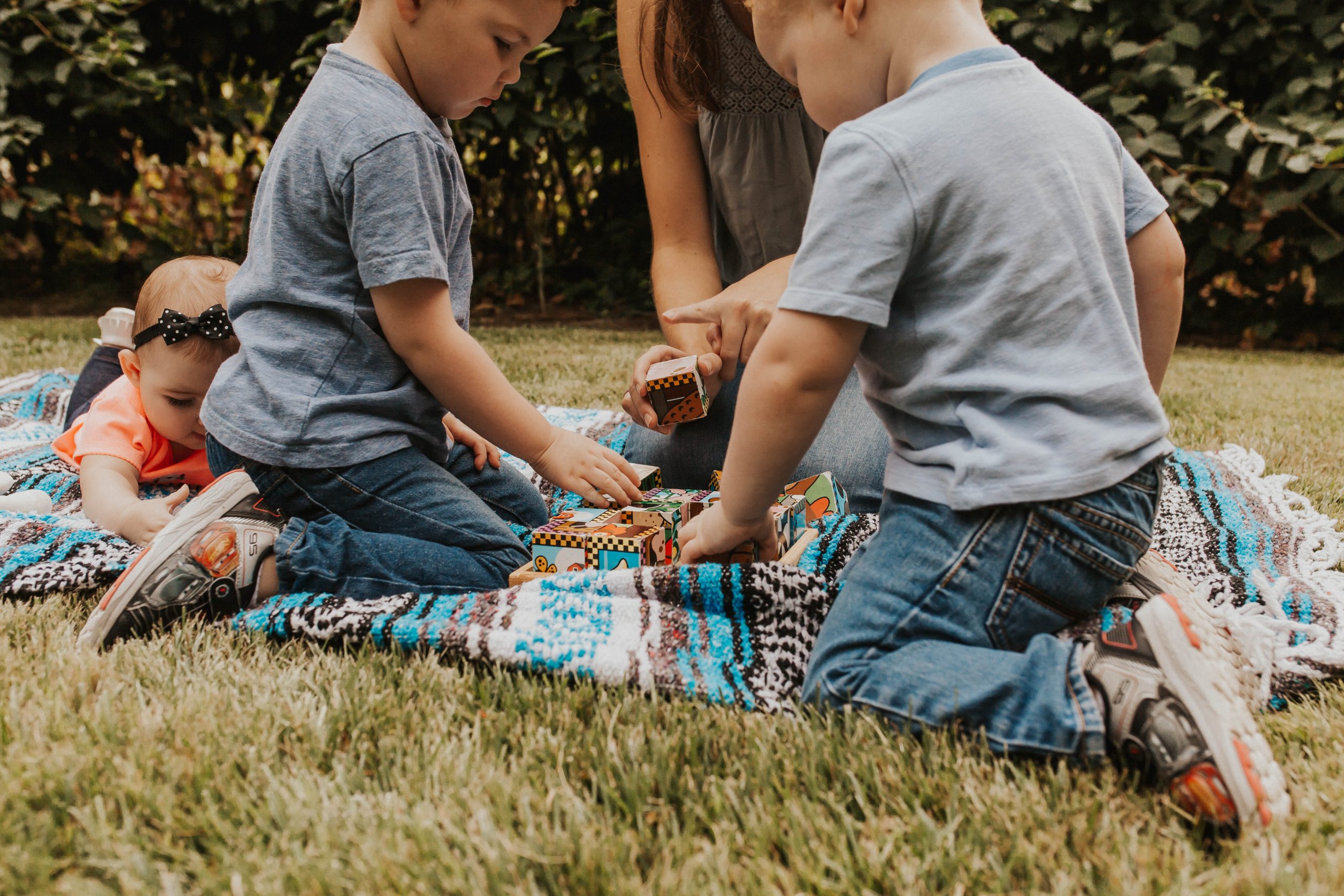In today’s fast-paced world, parents often find themselves seeking help from babysitters to supervise and care for their children while they attend to their various commitments. As a babysitter, it is crucial to maintain a safe environment for the children you are responsible for, ensuring their well-being and minimizing any potential hazards. Childproofing the home becomes an essential aspect of providing a secure environment for children to thrive in. This article aims to guide babysitters through the process of childproofing, offering valuable tips and recommendations to ensure safety at home.
Table of Contents
General Safety Measures
Childproofing a home begins with implementing general safety measures that encompass various areas and aspects. First and foremost, it is essential to maintain constant supervision over the children, particularly those under the age of five. However, certain preventive steps can be taken to ensure a safe environment even when momentarily unattended.
To begin with, ensure that all electrical outlets are securely covered with outlet covers or plug protectors. This prevents curious little fingers from inserting objects or discovering potential electrical hazards. Carefully inspect the home for loose wires or cords, securing them out of reach or fixing any damages to reduce the risk of tripping or strangulation incidents.
Additionally, lock away toxic substances, such as cleaning supplies, medicines, and chemicals. These items should be kept in high cabinets or storage areas inaccessible to children. Make sure all medications and cleaning supplies are out of sight and reach, minimizing the chance of accidental ingestion or exposure. Likewise, ensure that any sharp objects, including knives, scissors, or gardening equipment, are stored safely in locked drawers or cabinets.
On-Demand Childcare in Your Neighborhood
Book a Sitter
Kitchen Safety
The kitchen presents various potential dangers, given its abundance of appliances, sharp objects, and hot surfaces. To minimize risks, remember to keep children out of the kitchen during cooking and food preparation. However, when supervising children in the kitchen, prioritize their safety with the following precautions.
Start by installing child safety locks on all cabinets. This prevents access to sharp objects, potentially dangerous appliances, cleaning supplies, or harmful substances. It would be best to fasten the lock even on lower cabinets that may not contain hazards, as it forms a consistent pattern and helps minimize confusion for the child.
Furthermore, remember to unplug small appliances such as toasters, blenders, mixers, or coffee makers after use. Leaving these appliances unattended with cords within reach could lead to accidents or the child pulling them off countertops, injuring themselves and causing damage. Ensure that pot handles on the stovetop are turned inward to prevent children from reaching up and knocking over hot pots or pans.
Bathroom Safety
The bathroom can be a particularly risky area due to its hard surfaces, slippery floors, and potential for drowning hazards. To create a safer environment, it is essential to invest time and effort in thorough childproofing.

Start by securing the toilet lid with a latch or lock. Children can be fascinated by water and may attempt to play in the toilet, which could lead to drowning accidents. Furthermore, place non-slip mats on the bathroom floor to reduce the risk of slipping, especially when the child is getting in or out of the bath.
Ensure that all medications, toiletries, and cleaning supplies are kept out of reach by storing them in cabinets with childproof locks. This applies to any potentially hazardous items, including razors, hairdryers, curling irons, and any electrical appliances typically found in bathrooms. Additionally, before bath time, always check the water temperature to prevent scalding accidents.
Living Area Safety
The living area is typically where children spend a significant portion of their time, engaging in various activities. To ensure their safety, implement childproofing measures that address potential hazards commonly found in this area.
Begin by covering sharp furniture edges with edge guards. This prevents accidental injuries from bumping into furniture corners or falling against them. Similarly, secure heavy or unstable furniture, such as bookshelves or TV stands, to the wall to prevent tipping incidents. Anchor them firmly with brackets or straps, reducing the potential for harm if a child attempts to climb or pull on furniture.
Furthermore, keep all small objects, including toys with small parts, out of reach and sight of young children. These items pose a choking hazard and should be kept securely stored away.
Lastly, ensure that all blind or curtain cords are secured out of reach or tied up high, preventing the risk of strangulation accidents.
Bedroom Safety
The bedroom serves as a haven for children, providing a space for sleep, play, and relaxation. To maintain a safe environment, it is crucial to identify potential hazards and eliminate them effectively.
Start by ensuring that cribs, toddler beds, or other sleeping areas conform to current safety standards. Additionally, avoid overcrowding the bed with toys, pillows, or blankets that can pose suffocation hazards. Keep all cords, such as those from window blinds or curtains, out of reach and securely fastened to prevent choking or strangulation incidents.
Furthermore, install safety gates at the entrance of the child’s room or other potentially hazardous areas in the house. This restricts access and prevents children from wandering into areas that pose a danger, such as staircases or unlocked storage rooms.
Conclusion
Childproofing a home is an essential responsibility for babysitters who play a crucial role in ensuring the safety and well-being of the children they care for. By implementing general safety measures, prioritizing kitchen and bathroom safety, securing the living area, and addressing potential hazards in the bedroom, babysitters create a secure environment for children to thrive in. Through careful attention to detail and proactive childproofing techniques, babysitters can provide peace of mind to parents and contribute to the overall safety and happiness of the children they nurture.










